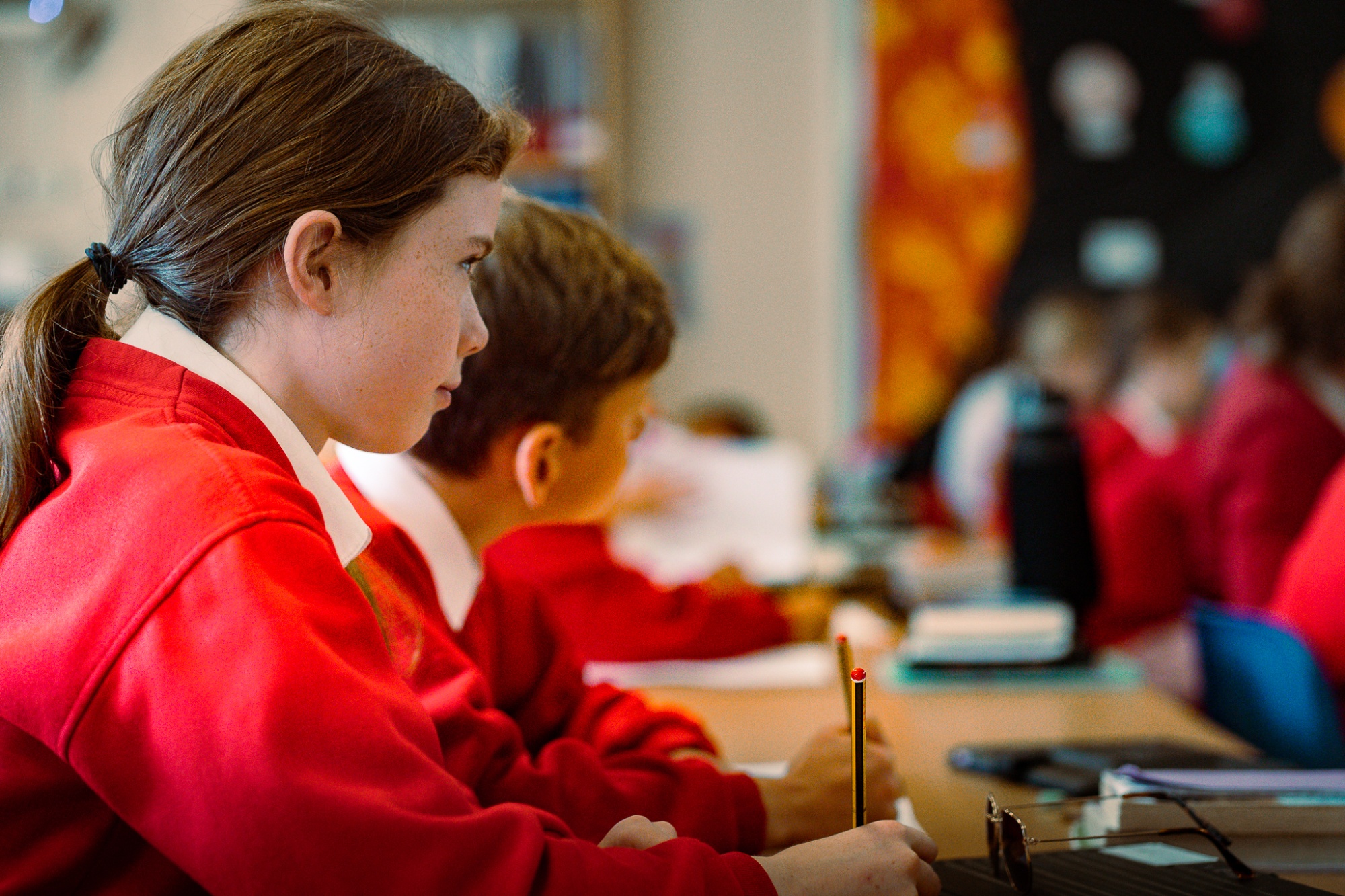History
Intent
At Halam C of E Primary School, History is taught as part of our Learning Challenge Curriculum. This is built around the principle of greater learner involvement in their learning. The curriculum requires deeper thinking from children and encourages learners to use a question as the starting point to their learning. Each learning challenge or topic is based around a series of questions. These challenges provide opportunities for children to research, ask their own questions, and reflect on their own learning. The topics are linked to Science, History and Geography, each topic is linked to high quality literature texts. The History curriculum is woven through by Knowledge, Skills and Understanding. This approach demands learners to be inquisitive, and is built on key knowledge and skills linked directly to the National Curriculum. The curriculum is cyclic and knowledge-rich, key pieces of information that pupils will need to have embedded in their long-term memory are at the heart of each topic.
Implementation
Teaching of History in Foundation Stage:
Within the Early Years Foundation Stage, activities and experiences for children are based on the seven areas of learning and development. Provision focuses upon four specific areas: Literacy, Maths, Understanding the world, Expressive arts and design. Foundation Stage history is part of the national curriculum’s learning objectives for developing the pupils understanding of the world. Within our foundation stage the children learn through experiences that introduce the concept of time and change. For example, children may be asked to bring in photographs of themselves as babies and to discuss how they have changed over time. The children also explore the ways in which their lives are different to their peers and can talk about important people in their lives.
Teaching of History in Key Stage 1:
Key Stage 1 children build on this knowledge by expanding their historical awareness to the Great Fire of London. Children learn about more recent history of when their grandparents were young which is expanded by looking at what people were like who lived in Halam 100 years ago. In key stage 1, it is also important for the children to learn about an internationally famous person who did something incredible in their past. At Halam C of E Primary School, we focus on Rosa Parks. Children should develop an awareness of the past, using common words and phrases relating to the passing of time. They should know where the people and events they study fit within a chronological framework and identify similarities and differences between ways of life in different periods. They should use a wide vocabulary of everyday historical terms. They should ask and answer questions, choosing and using parts of stories and other sources to show that they know and understand key features of events. They should understand some of the ways in which we find out about the past and identify different ways in which it is represented. They should use simple sources of information such as artefacts, photos and books to answer simple questions about the past. They should relate their own account of an event and understand that others may give a different version.
Teaching of History Key stage 2:
In years 3 and 4, the children expand their historical knowledge by learning about the include the Stone Age to Iron Age. Children then move on to learning about The Roman Empire. Both of these are taught in order to learn about how Britain changed. To expand the children’s knowledge further, they learn about the achievements of the Ancient Greeks and Ancient Egyptians.
In years 5 and 6, the children learn about the Anglo-Saxons and the Viking struggle for the Kingdom of England (410 – 1066 AD) to the time of Edward the Confessor. More recent history involves the children learning about Hitler’s influence on Germany in World War 1. The children also learn about slavery in Britain. The Islamic civilisation known as the Golden Age is t non-European society to contrast with British history.
Children are provided with a ‘sticky knowledge map’ for each history topic taught which provides them with subject specific vocabulary, important facts, sticky knowledge (key knowledge) and reading books linked to the topic. These help the children focus on the important information that they should remember and understand throughout the topic and should be able to recall at a later date.
Impact
Children develop a clear knowledge of all aspects of the History National Curriculum, they gain a coherent knowledge and understanding of Britain’s past and that of the wider world. children are inspired and curious to know more about the past. Teaching equips the children to ask perceptive questions, think critically and develop perspective and judgement. History teaching ensures that children understand the complexity of people’s lives, the process of change, the diversity of societies and relationships between different groups, as well as their own identity and the challenges of their time. They understand the processes that cause change, over time, to physical and human features.
Teachers feel confident in teaching History through relevant CPD/lesson observations/learning walks/feedback/clear routines. At the start of a history topic, children write down what they already know about the topic and what they would like to learn. This is then revisited at the end of the topic and they then write down what they have learnt. Teachers assess history throughout each topic of work and use assessment to inform planning, which is specific to the children’s emerging needs in order to ensure all children receive high quality teaching. Final end of year assessments are made using these assessments of learning.

